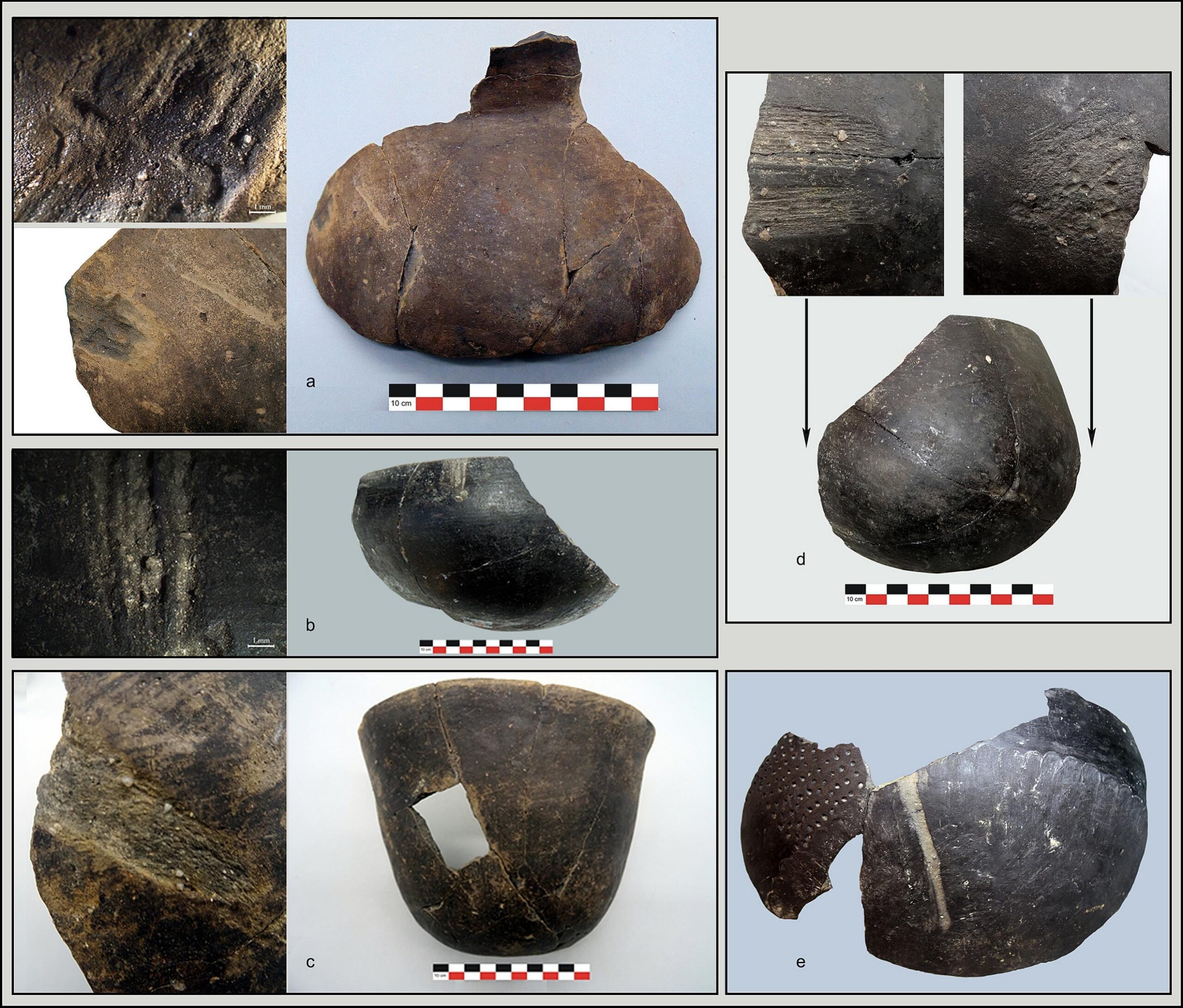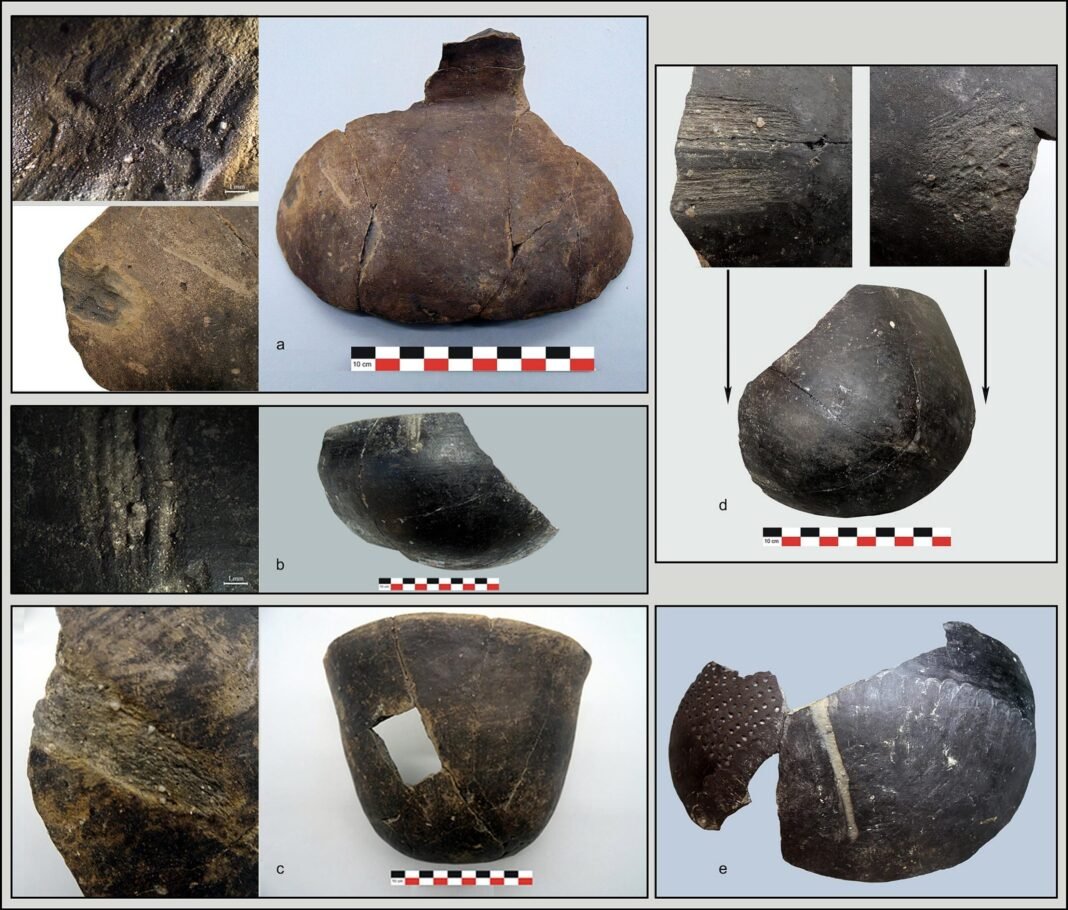
A new study has shed light on how people living in Neolithic Dispilio, Greece, used and repaired pottery more than 7,000 years ago.
The research, led by Evangelia Voulgari from the School of History and Archaeology at the University of Thessaloniki, appears in the Journal of Archaeological Science: Reports.
The team examined thousands of ceramic pieces recovered from the lakeside settlement of Dispilio, one of the most important Neolithic sites in the Balkans.
The findings reveal that pottery was not only central to daily life but was also repeatedly repaired, reshaped, and repurposed. The study offers rare insight into the social and practical value of these vessels.
Pottery reveals changing practices over centuries
Excavations at Dispilio have uncovered more than 1,700 ceramic vessels dating from the mid‑6th to early 5th millennium BCE.
Researchers reconstructed the life histories of these pots, tracing how they were used, broken, and repaired. Of the total assemblage, 231 vessels showed signs of repair, while more than 100 individual sherds were reworked into tools or other objects.

The study highlights significant changes in repair techniques over time. Early inhabitants used natural bitumen to glue broken pieces together or combined it with drilled holes tied with organic materials such as rope or leather.
Later phases show a shift to different methods, including abrasion and drilling techniques, which suggest evolving technological knowledge and changing cultural preferences.
A deeper look at community life
Pottery in Dispilio was not only functional but also socially significant. Many repaired vessels were used for food preparation and serving, particularly black burnished wares and distinctive “fruit stand” bowls with high pedestals.
These vessels were often decorated with white-painted or incised patterns, though decoration itself did not determine whether a pot was repaired.
Voulgari’s team found that repaired and repurposed pots were concentrated in specific areas of the settlement, pointing to organized activity zones for cooking, storage, and communal meals.

The presence of rounded sherds and other modified fragments also indicates secondary uses, including tools and possible ornaments, suggesting a community that found new purposes for broken objects rather than discarding them.
Broader implications for Neolithic studies
The findings challenge earlier assumptions that prehistoric communities rarely repaired pottery. Instead, Dispilio’s residents appear to have valued certain vessels enough to extend their use, sometimes through multiple stages of repair.
This approach reflects complex relationships between people and their material culture, where objects carried meaning beyond simple utility.
Voulgari explained that studying these “life histories” of pottery helps archaeologists understand daily routines and social practices that shaped early farming communities.
The research also contributes to wider debates on recycling, resource use, and the cultural significance of objects in prehistoric societies across the Balkans and the Near East.


